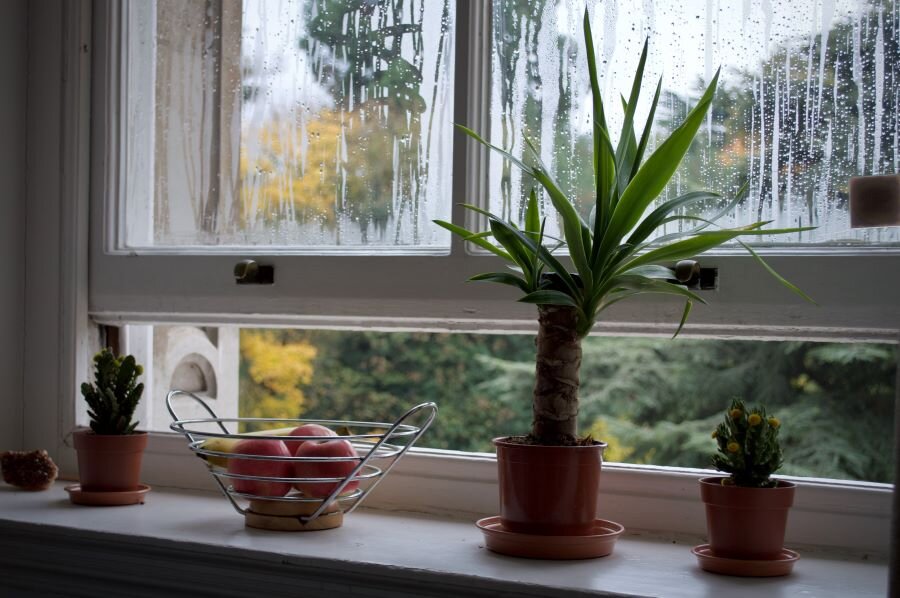How to Avoid Cracks & Leaks in Your Home This Winter
/The sudden appearance of a damp patch or leak in your home is of course a dreaded thing. And there’s good reason for that dread. Damp patches and drips mean one thing – money probably needs to be spent.
Once damp permeates a building, it can be very tricky to reverse the process. And damp can sneak into the walls and roof of your home very easily if you don’t take steps to avoid the issues.
Cracks are of course a similar concern – they can indicate real issues and of course are another way for moisture to work its way into the building.
Damp houses are extremely unhealthy to live in and can cause mould growth which can occasionally even be fatal.
Credit: Unsplash.
What causes cracks to appear in buildings?
The causes of cracks appearing in buildings both inside and out are varied. Inside, it may simply be down to shrinkage of plaster but sometimes there can be deeper, structural issues afoot.
Horizontal cracks in walls are often caused by unbalanced soil pressure on concrete block foundation walls. Otherwise, they may be caused by the pressure of a failing wall or load-bearing problem.
Sometimes, minor settling can occur and that may cause a few fine cracks over time but larger cracks might come about due to subsidence which is when the soil beneath the building sinks. Subsidence can happen when there’s a leak underground or sudden flood.
Credit: Unsplash.
Why is my house damp?
A generally damp house can be caused by a number of issues.
Condensation
Rising damp
Penetrating damp
These are the most common causes of dampness in the home. Condensation is caused by moist and warm air condensing on cool walls, especially in rooms that naturally generate a lot of air moisture, such as the kitchen or the bathroom.
Rising damp is a problem usually encountered in older homes from within or beneath the building foundations and is caused by dampness from the ground beneath the building rising up and into the walls.
The signs of rising damp are typically damaged skirting boards, peeling paint and paper, tide marks up walls and dampness to the touch. The answer to this problem is damp-proofing. It can be installed even after a home is built. Penetrating damp comes from water entering through walls. It usually moves horizontally and can be caused by faulty guttering and cracks in walls.
Avoiding the problems of cracks and dampness
One way to avoid these issues is with helical pile systems. Helical piles are steel shafts with a series of circular steel helical plates welded along the shaft.
They give buildings more strength and can even help avoid structural damage caused by the natural movement of the ground in building foundations.
Dampness and cracks are problematic but can be remedied.
Disclosure: This is a collaborative post.



































